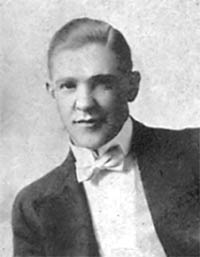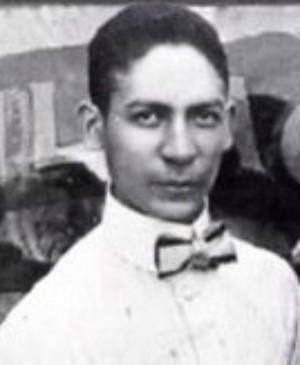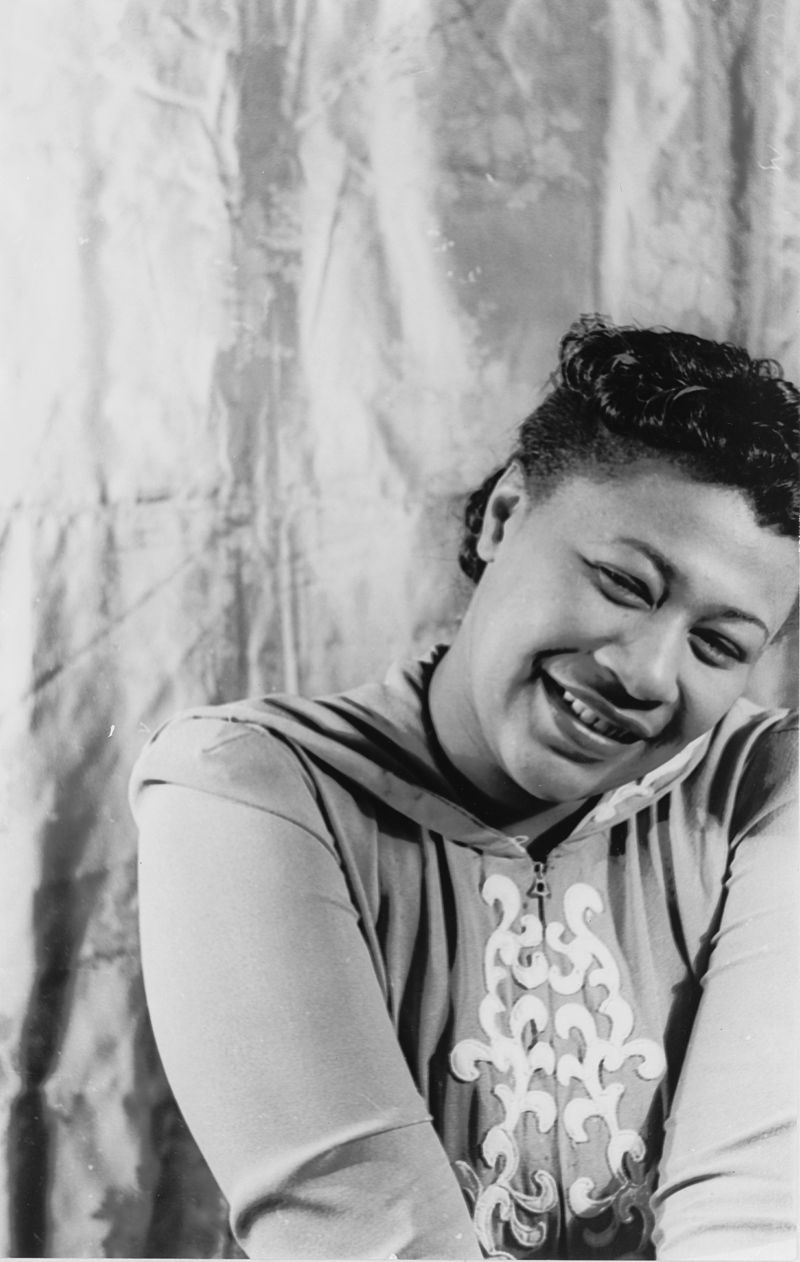Scat, also called Scat Singing, can be simply defined as vocal improvisation with wordless syllables instead of words. Scat singing allows vocalists the ability to sing improvised melodies and rhythms in order to create the equivalent of an instrumental solo.
There is no evidence of who was the first musician to scat. Reportedly, Gene Greene was the first to scat with his recording of King of the Bungaloos and several others between 1911 and 1917. He sang nonsense syllables for two choruses at the end of his song just to see how the audience would react to scat on records.

Some say that Greene heard scatting from a fellow musician Ben Harney, but Harney had never recorded. Others claim that Jelly Roll Morton was the first to jazz scat, but he credited a comedian called Joe Sims from Mississippi as the creator of scat around the turn of the 20th century. Apparently, Joe Sims from Mississippi used scat throughout his sketches to create humor.
However, most jazz fans will agree that Louis Armstrong is the most influential scat singer and is credited with the popularization of scat singing. When his Heebie Jeebies was released, it created a nationwide scat-singing sensation and that is why many people believe that he was the first to scat.
Louis Armstrong, the most famous jazz musician of all time, was not the first to scat, but he can be thanked for making scat well-known. His 1926 performance is considered to be the turning point for the medium.

It was February 26th, 1926, when Louis Armstrong and his band The Hot Five recorded Heebie Jeebies, written by Chicago violinist Boyd Atkins, a member of Louis’s band at the Sunset Cafe. The song quickly became a national bestseller and introduced scat singing to a wider audience.

According to Armstrong, when he was recording the song Heebie Jeebies he dropped the lyric sheet and proceeded to scat so as not to waste the tape. He was surprised when the band decided to release that version of the song, introducing scat to many around the world.
As Louis Armstrong explained: “The day we recorded Heebie Jeebies I dropped the paper with the lyrics – right in the middle of the tune… And I did not want to stop and spoil the record which was moving along so wonderfully… So when I dropped the paper, I immediately turned back into the horn and started scatting… Just as nothing had happened… When I finished the record I just knew that people would throw it out… And to my surprise, they all came running out of the controlling booth and said – Leave that in”.

Regardless of the origin of scat itself, Heebie Jeebies is the first commercial recording of a song with scat.

As jazz music developed and grew in complexity, scat singing did as well. Singers like Betty Carter, Carmen McRae, Eddie Jefferson, Anita O’Day, Joe Carroll, Carmen McRae, Jon Hendricks, Babs Gonzales, Dizzy Gillespie and Sarah Vaughan became known for this particular skill.
However, many people credit Ella Fitzgerald as the ultimate master of jazz scatting.
